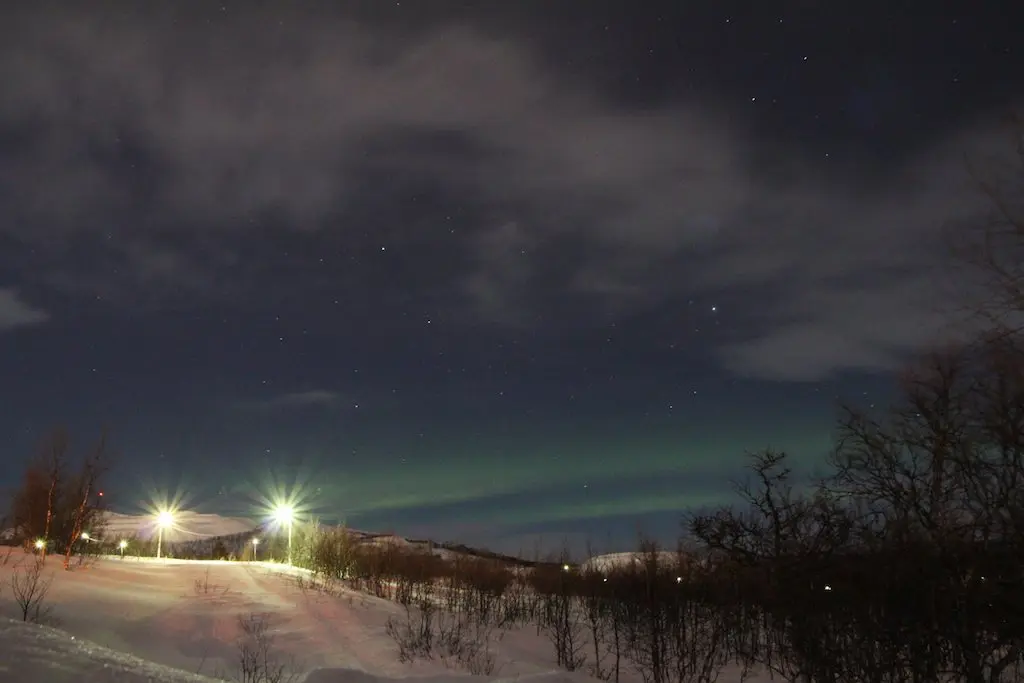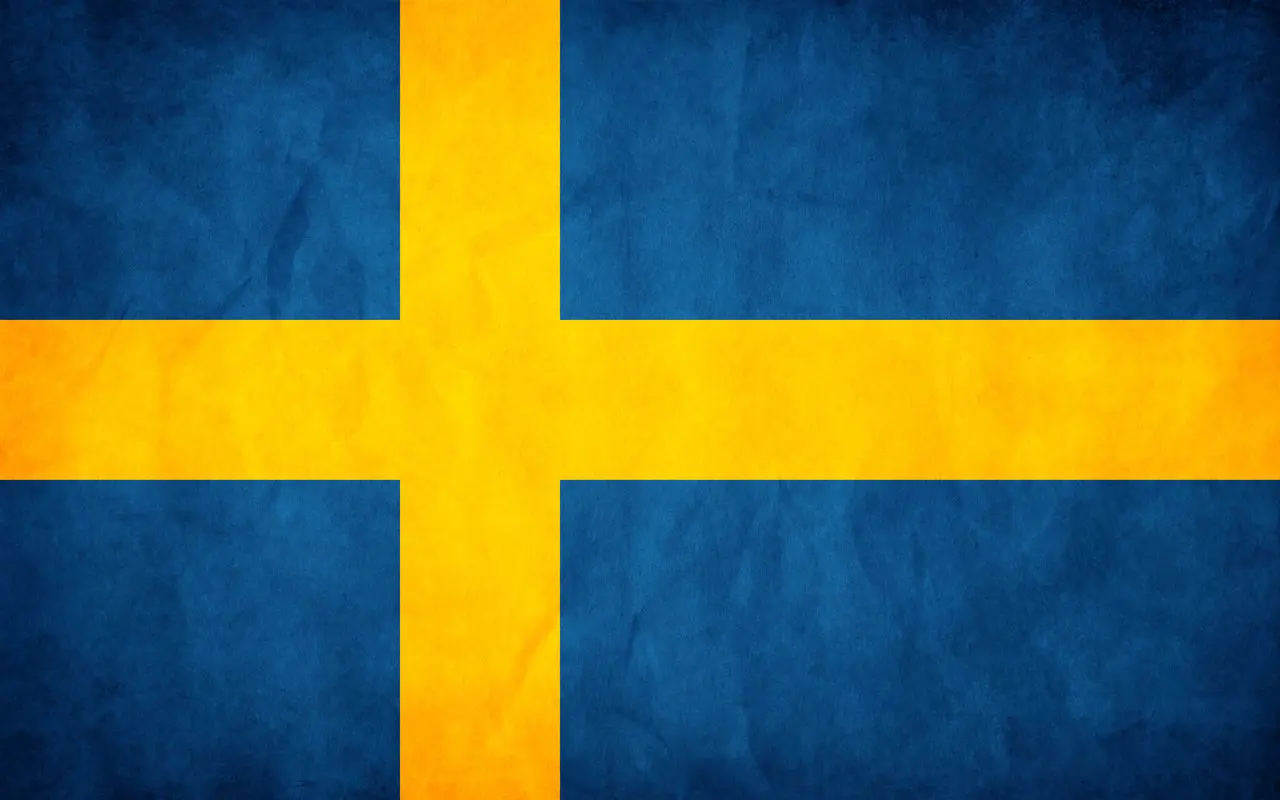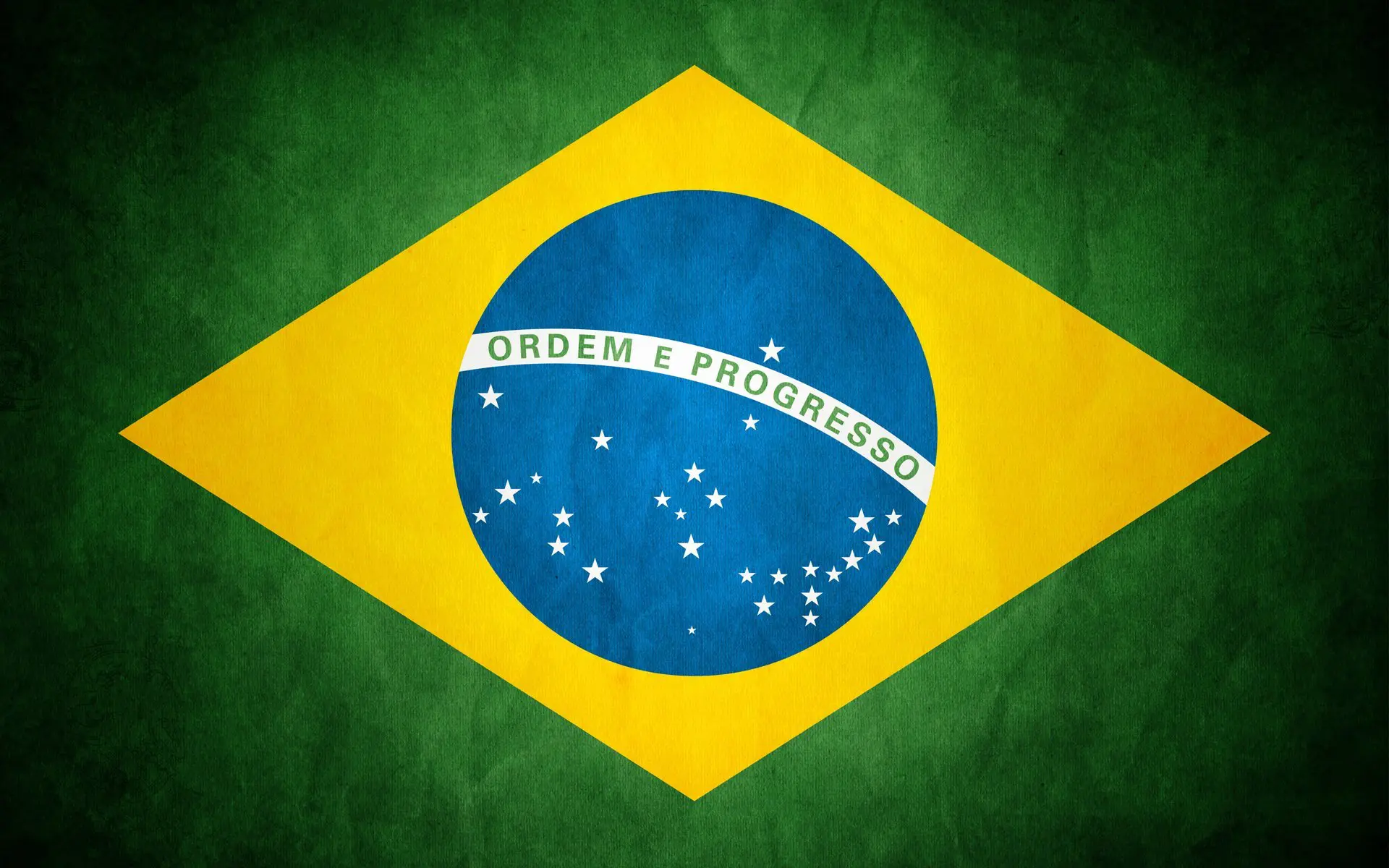A Beginner’s Guide To Sweden
I can’t say that I have ever heard someone speak ill of Sweden (except for maybe some complaints about the long and brutal winters). After gallivanting around the country for some time, my opinion of this place has only grown more favorable.
The Kingdom of Sweden, home to nine and a half million people, has much more to offer than IKEA, H&M, Skype, and Spotify. The country’s expansive wilderness, endearing people, and progressive social policies are only the beginning of what Sweden has to offer.
Sweden Facts

- Capital: Stockholm
- Language: Swedish
- Currency: Swedish Krona / SEK
- Population: 9,644,864
- Time Zone: CET (UTC+1)
- Calling Code: +46
- Drives On: Right
- Drinking Age: 18 for bars, 20 to buy in store
- Drinking In Public: Legal
- Drinking Tap Water: Okay
- Flushing Toilet Paper: Okay
- Vaccinations Required: CDC
- Credit Cards: Visa/MC widely accepted
- Tipping: Not expected (but not uncommon)
- Emergency Number: 112
- Outlets: Europlug Types C & F with two round prongs
- Visa Requirements: External Link!
Sweden Basics
- LANGUAGE | Although Swedish is spoken in Sweden (go figure), due to the lack of Swedish elsewhere in the world (I’m looking at you, Finland), the Swedes have adapted and taken to studying English in school (and they are damn good at it). Some older Swedes (or perhaps those in more rural areas) may have little to no English education, but generally, getting around Sweden with only English will not be a problem. The majority of the people I encountered in Sweden spoke fantastic English (many on par or better than native speakers).
- GETTING AROUND | Sweden has a strong and reliable network of trains, buses, and motorways, making transport around the country relatively painless. I managed to hitchhike my way from Stockholm to Kiruna before taking an overnight train back for relatively cheap. Prefer a bus? Check out Swebus for four-wheeled, long-distance transport. They got me from Malmö to Copenhagen on an hour’s notice for cheap (check the website for coupons).
- CLOTHING | Swedes (particularly the city slickers) can be very fashion conscious and take pride in keeping themselves kept. However, I wouldn’t dwell much on what you need to wear in Sweden. Be comfortable and know that should you find yourself in-country during the winter months, then you had better have something warm to crawl inside of should you decide to brave the outdoors. The Swedes are open people and you’re not going to find yourself easily drawing stares or unwanted attention based on your clothing alone (although you may be judged for not having style).
- THINGS TO DO | Sweden is a big place with plenty to see and to do (or so the tourism board will tell you). In the winter you can stay indoors and be depressed, head up north to experience a real winter, or even go skiing in Norway! For a more casual approach, you can have a fika (explained below) or enjoy soaking up suds and sun in a park or plaza with the locals. Apparently the summer brings warm temperatures, crayfish parties, festivals (Midsummer), and access to the country’s thousands of lakes and nature-filled spaces (beware of moose).
- WHEN TO GO | I spent late winter/early spring in Sweden, and all everyone told me while I was that was that I had to come back for the summer. Apparently, Sweden becomes a magical place during the summer months (month?), and if you enjoy long days, lake activities, being outside, and happy people, then there will be nothing not to like about this place (and I hear Midsummer celebrations are wild). That being said, I do love winter and I loved being in the country while it was still blanketed in snow.




What to Eat
In my experience Sweden doesn’t really have a fantastic repertoire famous national dishes (although I am sure there are many people out there who would disagree with me). I was constantly asking Swedes “What is Swedish food?”, and never did anyone come back with a quick or convincing response. From what I gathered, Swedish food primarily involves pickled herring (sill), hard matzo-like bread (knäckebröd), and sour milk (filmjölk). However, after a talk with a good Swedish friend, I was reminded that there are in fact a few more things worth mentioning.
- PYTT-I-PANNA | To be honest, I am not entirely sure what pytt-i-panna is. My initial (and admittedly barbaric) understanding was that it consisted of reheated leftovers. What kind of leftovers? Any kind? Okay, so basically you cook some leftover meat (not fish), cut up potatoes, pickled red beets, and possibly an egg on top. Does it have to be leftover meat? No, you can make it fresh too. Just make sure you have all the above ingredients (and pay special attention to the potatoes).
- FIKA | Basically Swedish tea time, fika consists of coffee and (usually) something sweet (think cinnamon roll or chocolate balls – mmm…balls). If you’re the progressive type, maybe you’re drinking tea and eating sandwiches. Regardless of how you fika, chances are that if you spend enough time around the locals, you will find yourself a part of this Swedish tradition. Note: you may (and are encouraged to) fika more than once in a day (breaks are awesome).
- SILL AND SNAPS| This is one thing that most of the Swedes agreed was traditionally Swedish cuisine (although no one sounded overly enthused about it): pickled herring (sill), and snaps. I did not personally experiment with much in terms of sill, but it been reported to me that shots of snaps (aquavit) are a mandatory part of the enjoyment process – whether you’re 15 or 95. Before you take a shot you must also sing one of apparently hundreds of profanity-filled Swedish drinking songs that everyone (except for you) knows.
- MEATBALLS | If you’ve heard anything about Swedish food (or have been to an IKEA), then chances are you have heard of Swedish meatballs. If you want to be local about it, cover your balls in some brown sauce and get yourself some lingonberries, pickles, and (occasionally) some black currant jam stuff. You can thank me later.
- STUFF IN TUBES | If you venture into a Swedish supermarket and you have eyes with the power of sight, then chances are it won’t take long for you to stumble upon the “stuff in tubes” section. I did not experiment much with the tubed food, but should you consider yourself the adventurous type, there will be plenty to keep your taste buds occupied.
Sweden Tips and Tricks
- CAMPING | Sweden is truly a magical place. In this country of tall, blonde, beautiful people, they also have something called allemannsrätt (the everyman’s right). This means that you can legally camp wherever you would like . This, of course, does not mean that you can simply invade people’s homes, but so long as you are away from any buildings on the property and you are not causing damage, camping on privately owned land (for one night) is permitted.
- THE NORTH | Some large statistical figure (aka a percentage) of Sweden’s population lives in the south of the country, but Sweden’s geographic reach extends well north and into the Arctic Circle. The north of Sweden is home to the northern lights, expansive wildlife filled wilderness, dog sleds, Earth endangering mines, and generally kind people. More on Sweden’s north here.
- HITCHHIKING | Although many of the Swedes I spoke to were pessimistic regarding my odds of securing hitches throughout the country, I experienced relatively few problems whilst hitching. Sure, sometimes I waited for an hour or two for a ride, but I was never stranded. Standing on highways is illegal in Sweden, but there are plenty of gas stations and rest stops just off the road that make great hitching posts. Read more about hitching in Sweden here.
- WI-FI | Wi-fi in Sweden was relatively easy to come by. Every Pressbyrån (a fairly common convenience store) offered complimentary wi-fi, and wi-fi was rarely absent from train stations of tourist information offices. Restaurants, coffee shops, bars, and public spaces are all good bets when looking to plug yourself into your fictional virtual world.
- ALCOHOL | Distribution of alcohol in Sweden is strictly controlled by the government. The government-owned System Bolaget is the only place you can purchase alcohol (outside bars/restaurants), and they are only open eight hours a day during the week (three hours on Saturday, and closed on Sunday). The stores carry an impressive selection of beer, wine, and spirits, and I am told that because of the government monopoly, you can have them order you anything, from anywhere in the world (apparently).







Hey, just found your blog and I really like it. I was wondering what kind of gear you brought to camp in Sweden when you were there. What was the weather like? I am planning a trip to see the northern lights and I want to head to to Northern Sweden and camp. I have experience camping and all that, but the lowest temperatures I’ve seen camping were in the low teens, and in the desert mostly, so I have little experience with snow camping as well. Any info would help and keep up the good work!
Thanks Alex! I had basically that same gear that I have now (except I had the one person version of my tent). I was there in March/April and my sleeping bag (rated to 15F/-9C) worked out fine.
This is all in swedish but easily translated I think. You might get some info on the english website as well… http://www.smhi.se/klimatdata/meteorologi/temperatur/normaldygnets-minimitemperaturs-medelvarde-i-mars-1.4038